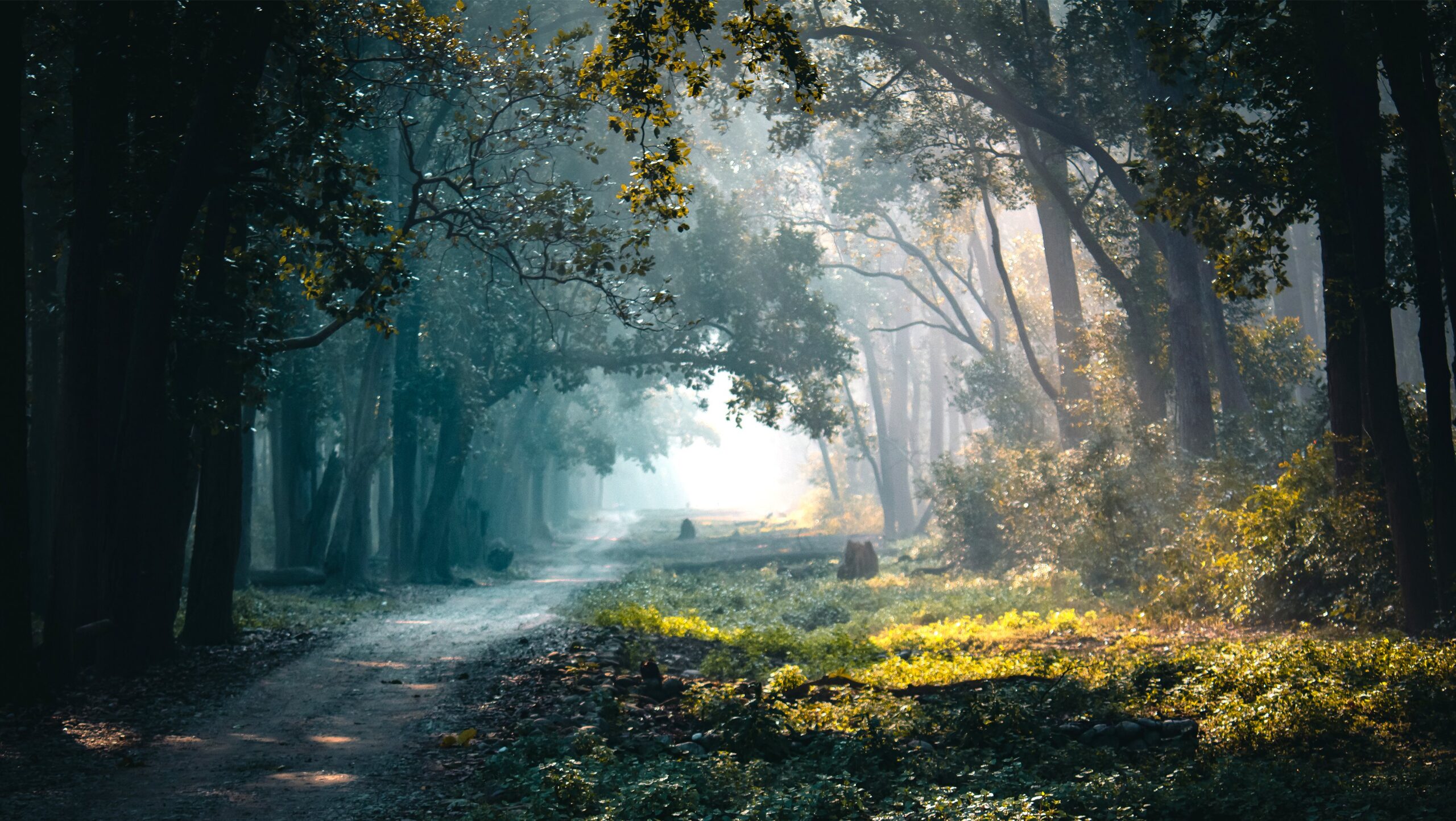Established in the year 1936, Jim Corbett National Park is an ideal weekend getaway in the wilderness where you can relax and unwind in the serene environs and experience the exotic flora and fauna of the region. The wildlife park is a delight for nature lovers who descend here in large numbers for spotting a wide variety of animals and faunal species. The magnificent landscape of Jim Corbett National Park is dotted with dense Sal forests, open grasslands, lush green foothills with trekking trails, famous Kosi River, water streams, and small lakes frequented by wild animals and birds to quench their thirst.
Accommodation options include luxury resorts, forest lodges, and jungle camps. Jim Corbett online booking is the best way to secure accommodation in Corbett in advance.
Various zones of Jim Corbett National Park open to public
There are five zones of Jim Corbett National Park that are open to public offering breathtaking views of the rugged forested landscape of the wildlife reserve:
Bijrani Zone: Bijrani Zone is the closest to Ramnagar and is the most visited part of the National Park. Morning jungle safaris are ideal to explore this picturesque zone full of dense forests, open grasslands, and river plains. As you travel across this zone in a jeep safari, you might be lucky to spot the royal Bengal tiger in its natural habitat.
Dhikala Zone: Dhikala is the largest zone of the Jim Corbett National Park, situated on the sidelines of the Patil Dun valley. It offers accommodation in forest lodges with panoramic views of the valley above the Kanda Ridge. Dhikala is considered to be the best zone for sighting tigers, and other wild animals as it is closest to the core areas of the reserve.
Durgadevi Zone: Situated in the northeastern corner of the Corbett wildlife reserve, the Durgadevi zone is characterised by dense forests and varying altitudes. The hilly terrain with lush green forest makes it an ideal natural habitat for exotic birds that are found in large numbers in this zone. It is a paradise for bird lovers who flock the zone in huge numbers every year to spot their favorite faunal species.
Jhirna Zone: One of the most visited zones of the Corbett Reserve, Jhirna is open throughout the year for visitors. Situated at the southern edge of the wildlife park, the Jhirna zone is quite rich in wildlife and offers some exclusive tiger and sloth bear sightings. Large grassland and numerous water streams in this zone nourish wildlife and it is considered an excellent spot for bird watching.
Dhela Zone: Added in 2014, Dhela zone is the latest addition to the Jim Corbett National Park. Situated 20 km from Ramnagar, Dhela’s forested landscape is abundant with flora and bird species and it also supports a sizeable population of elephants, tigers, leopards, and bears. Jeep safaris are available in the Dhela zone in the morning as well as evening.
The natural habitat of Jim Corbett National Park is home to a wide variety of wild animals and exotic faunal species
The wildlife population of the Jim Corbett National Park mainly consists of elephants, tigers, leopards, panthers, jungle cats, jackals, Himalayan black bears, blue bulls, sloth bears, spotted deer, barking deer, hog deer, sambars, langurs, antelopes, porcupines, otters, Indian grey mongoose, Himalayan palm civets, hares, Gharials (fish-eating crocodiles), Mugger crocodiles, tortoise, turtles, cobras, pythons, monitor lizards, wild boars, pangolins, palm squirrels, long-eared hedgehog, rhesus macaques, cat snakes, wolf snakes and many more.
The avian population of the Jim Corbett National Park consists of white storks, black storks, egrets, grey herons, darters, large pied wagtails, sandpipers, black-headed gulls, pigeons, hornbills, barbets, parakeets, babblers, drongos, pies, orioles, woodpeckers, warblers, chats, robins, tailor birds, mynas, bulbuls, finches, lapwings, thrushes, white-tailed rubythroat, bright-headed cisticola, harriers, falcons, greylags, migrant gulls, nightjars, jungle fowls, spotted eagles, peacocks, pheasants, weaver birds, collared falconets, plovers, doves, fishing eagles, spotted eagles, serpent eagles, ospreys, white-capped redstarts, crested swifts, paradise flycatchers, ducks, moorhens and many more.





